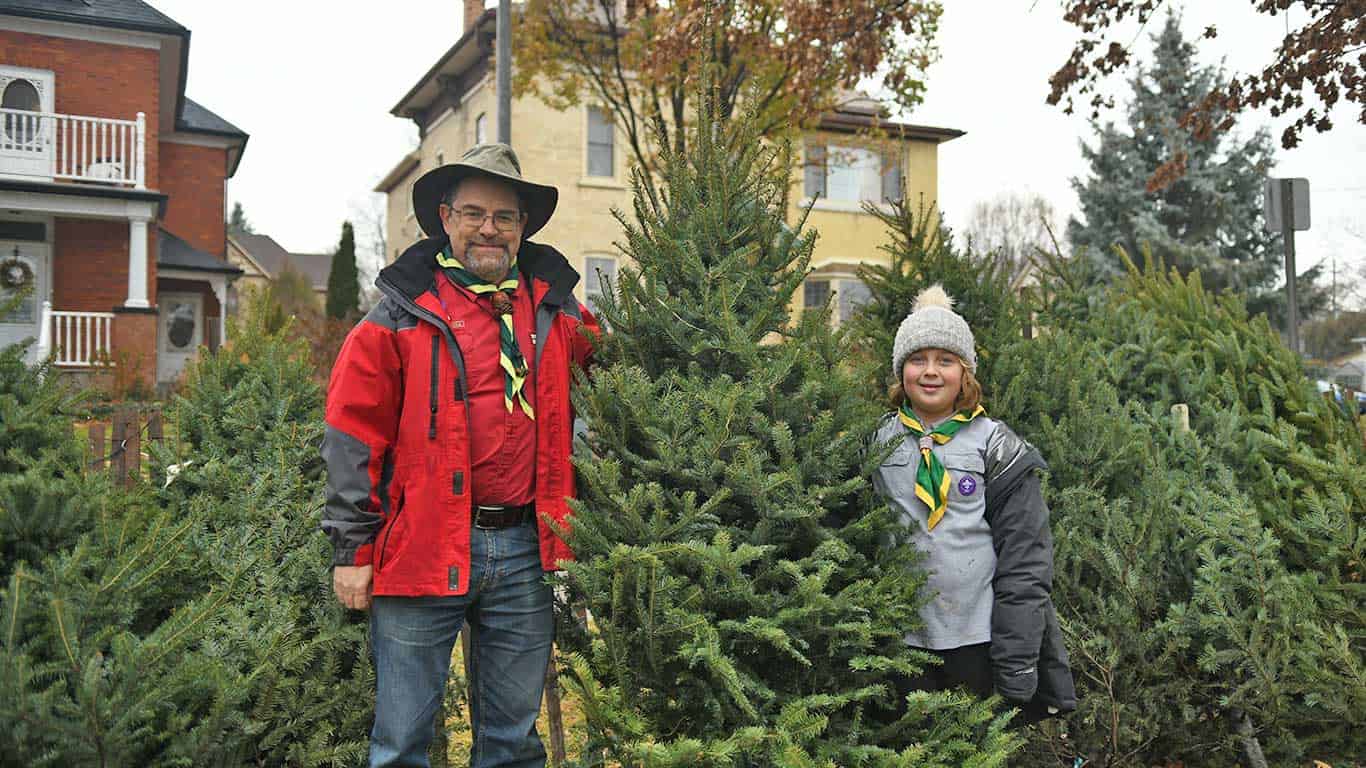;
;
;

If you’ve noticed fewer stores are selling Christmas trees, it’s because North America is now in its fourth year of shortages, according to the Canadian Christmas Trees Association. The shortfall is due to a mix of factors, says Shirley Brennan, the executive director of Christmas Tree Farmers of On
Last updated on May 03, 23
Posted on Dec 01, 22
3 min read
